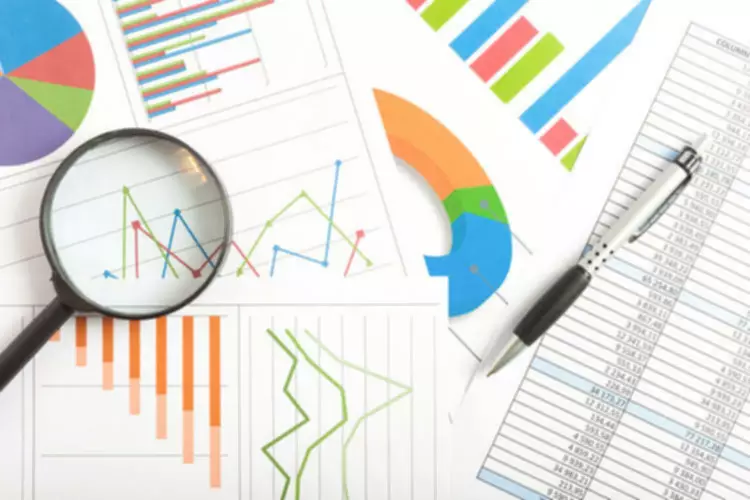Content

Those obligations include interest payments on debt, the final principal payment on the debt, and any other fixed obligations like lease payments. Here are some examples of what financial leverage ratios can look like in practice. Beyond that, certain industries lend themselves to higher average financial leverage https://www.bookstime.com/ ratios. In those cases, you can gauge the soundness of a company’s financial leverage by comparing it to those of its competitors. An ideal financial leverage ratio varies by the type of ratio you’re referencing. With some ratios — like the interest coverage ratio — higher figures are actually better.
Operating leverage helps to determine the reasonable level of fixed costs, whereas financial leverage helps to ascertain the extent of debt financing. The most commonly used leverage ratio used for banks is the Tier 1 Leverage Ratio, which compares a bank’s Tier 1 capital to financial leverage its total assets. Tier 1 capital is a measure of a bank’s assets that can be easily liquidated in the event of a financial crisis. A financial leverage ratio of 0.93 means that ABC Art Supplies is currently using $0.93 in debt financing for every dollar of equity financing.
What Is Leverage in Finance and What Is the Formula?
Another risk is the possibility of losing money on a purchased asset. Instead of paying for the building in cash, you decide to use $200,000 of your own money, borrowing the additional $400,000 needed. A healthy leverage ratio can vary depending on your business and the industry you’re in. The GoCardless content team comprises a group of subject-matter experts in multiple fields from across GoCardless.

The authors and reviewers work in the sales, marketing, legal, and finance departments. All have in-depth knowledge and experience in various aspects of payment scheme technology and the operating rules applicable to each. The team holds expertise in the well-established payment schemes such as UK Direct Debit, the European SEPA scheme, and the US ACH scheme, as well as in schemes operating in Scandinavia, Australia, and New Zealand. There is no definitive answer when it comes to what is considered a good financial leverage index. Figuring out the debt-to-equity ratio requires diving a business’s debt by its equity. You can calculate a company’s debt ratio by dividing its debt by its assets. A good deal of confusion arises in discussions among people who use different definitions of leverage.
Formula to Calculate Financial Leverage
If ROI is more than the cost of debt financing, then it is called favorable financial leverage or trading on equity or positive financial leverage. This situation encourages the finance manager to go in for more and more debt financing to enhance the benefits to shareholders. The fixed-charge coverage ratio is used to measure how well a company’s earnings can cover its fixed expenses, such as its interest expense, lease payments, and debt payments.
You can learn more about the standards we follow in producing accurate, unbiased content in oureditorial policy. Understanding how debt amplifies returns is the key to understanding leverage. Debt is not necessarily a bad thing, particularly if the debt is taken on to invest in projects that will generate positive returns. Leverage can thus multiply returns, although it can also magnify losses if returns turn out to be negative. Some economists have stated that the rapid increase in consumer debt levels has been a contributing factor to corporate earnings growth over the past few decades.
The Debt-To-EBITDAX Ratio
The consumer leverage ratio is used to quantify the amount of debt the average American consumer has relative to theirdisposable income. Although debt is not specifically referenced in the formula, it is an underlying factor given that total assets includes debt. For banks, the tier 1 leverage ratio is most commonly used by regulators. A leverage ratio is any one of several financial measurements that assesses the ability of a company to meet its financial obligations.
- As is the case with leverage ratios used on the corporate level, debt can be a good thing for the economy but too much debt can indicate economic weakness.
- In comparison, financial leverage is a firm’s ability to use capital structure to earn better returns and reduce taxes.
- The derivative is off-balance sheet, so it is ignored for accounting leverage.
- Fixed operating expenses, combined with higher revenues or profit, give a company operating leverage, which magnifies the upside or downside of its operating profit.
- It is observed that debt financing is cheaper compared to equity financing.
- Financial RiskFinancial risk refers to the risk of losing funds and assets with the possibility of not being able to pay off the debt taken from creditors, banks and financial institutions.
Generally, a ratio of 3.0 or higher is desirable, although this varies from industry to industry. However, operating leverage directly influences the sales level and is called first-order leverage, whereas FL indirectly influences sales and is called second-order leverage. If the operating leverage explains business risk, then FL explains financial risk. If ROI is equal to the cost of debt financing, it is not advisable to borrow funds because the company may not be able to generate surplus earnings by debt financing. Suppose the interest rate on your company’s debt is 8% and investors require an 18% return on their equity.
While financial leverage can be profitable, too much financial leverage risk can prove to be detrimental to your business. Always keep potential risk in mind when deciding how much financial leverage should be used. If Joe had chosen to purchase the first building using his own cash, that would not have been financial leverage because no additional debt was assumed in order to complete the purchase. For instance, if your business borrows $50,000 from the bank to purchase additional inventory for resale, that is using financial leverage. The financial leverage index is important because it can help you gauge a company’s overall financial health and indicate if it is taking on too much debt. Financial leverage index is very important and can be used as a tool to decide how well the business is doing. The Leverage Index can also tell if a particular brand is profitable to a company or not.
The transmission of monetary policy – European Central Bank
The transmission of monetary policy.
Posted: Tue, 11 Oct 2022 12:56:42 GMT [source]
